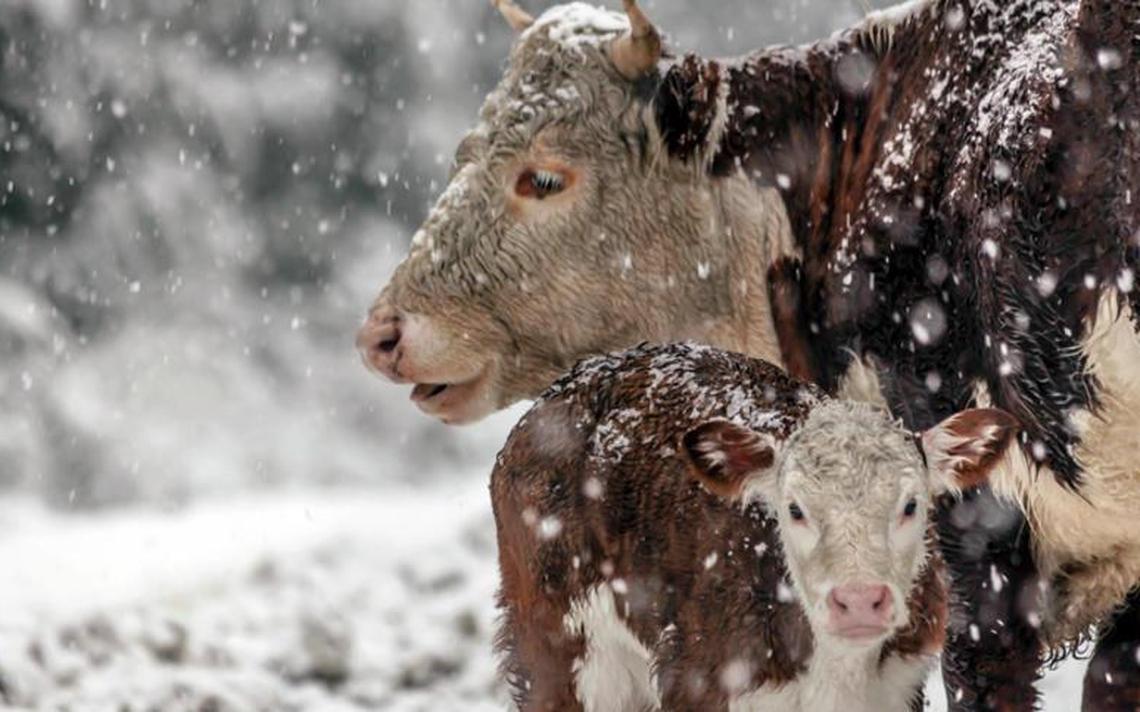With the frigid temperatures finally making their presence known in the region, producers should be on the lookout for possible health risks associated with calving in the winter and early spring mothers, as well as ways to combat these possible risks.
“With cold temperatures like this, it’s important to try to protect the calves from the wind and offer some form of protection. Many producers have built very large barns that they can put cattle into; this helps a great deal,” said Gerald Stokka, North Dakota State University Extension veterinarian and livestock stewardship specialist.
Stokka also suggests that if a shelter or building is not an option for a windbreak during calving season, producers can plant trees and evergreens to help block out some of the wind as well. Protecting the calves from the wind and cold is important due to the possible health risks that come along with colder temperatures. Producers should also spread extra bedding around their outdoor calving area; this will help with additional insulation and protection from the wind.
One of the major health risks calves face during these months is contracting hypothermia. Hypothermia can cause frozen ears, frozen feet, delayed nursing and increased susceptibility to infection and disease. While housing cattle indoors helps mitigate the risk of hypothermia and other health risks, it still comes with its own set of risks.
“When calving indoors, and with a number of animals producing heat and humidity, the temperature changes can produce poor air quality, leading to efficient transmission of potential pathogens and increasing the risk of neonatal calf diarrhea or pneumonia,” Stokka said.
Producers should also make sure their calves are nursing right after birth, when the mother is producing colostrum. This ensures that they are receiving the vitamins and minerals they need to help them become strong and hearty stock, in spite of the frigid temperatures.
“These calves that are just born are vulnerable, especially right after birth when they are trying to nurse. That is something that has to be paid attention to, producers should be checking every couple hours to ensure that the calf is nursing. That is of the utmost importance,” Stokka said.
Along with nursing, genetics play a key role in a calves’ survival. Stokka explains that producers should look for good mothers, cows that want to take care of their offspring.
“They should know how to work on the calf and dry it off with their tongue, which will get the calves going. A cow’s mothering ability is very important when looking at genetics and the chance of survival,” he said.



